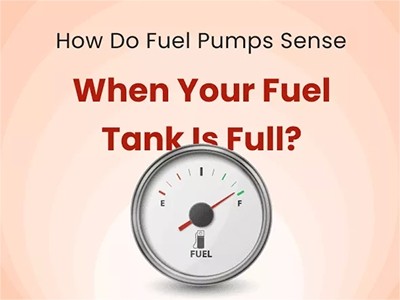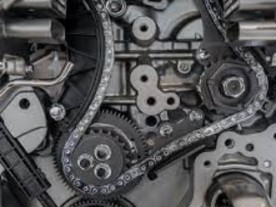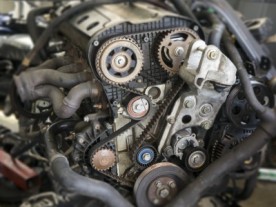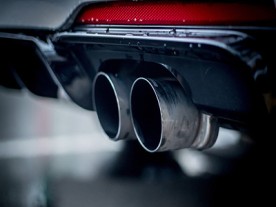How Do Fuel Pumps Sense When Your Fuel Tank Is Full?
Ever wondered how fuel pumps detect a full tank? You drive to the filling station, park your vehicle near the fuel pump, and put the nozzle in the fuel tank’s opening. When the fuel tank is full, the nozzle automatically shuts off and cuts the fuel supply.
When My Fuel Tank Is Full, How Does The Pump Know It?
There is no tiny camera attached inside the nozzle that is linked to some microprocessor. It’s purely an ingenious mechanism. The auto shut makes use of an interesting physical impact called the Venturi Effect.
What is a Venturi Effect?
Fluids have the ability to move and can be transferred through pipes and hoses. The liquid’s pressure is an important factor while it is flowing through these pipes.
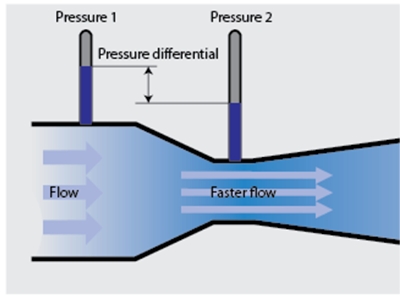
The Venturi effect says that if the amount of mechanical energy stays the same, a fluid’s speed will increase as it moves through a narrow area, but its pressure distribution will decrease. And the principle of the conservation of mechanical energy and the principle of continuity and is used in the Venturi Effect.
The functioning of this effect goes like this in an auto-off fuel pump. There is a very small hole near the tip of the nozzle. And, this hole is connected to the handle by a small pipe.
The Venturi Effect is used to create suction in this pipe. When the vehicle’s fuel tank is empty, the vacuum pulls air through the hole, and the air moves easily.
When the fuel level in the tank rises enough to block the tiny hole, a mechanical system in the handle of the pump senses the change in suction and turns off the nozzle immediately.
If you look at the nozzle the next time you go to the filling station to fill up your car, you’ll see a small hole. This tube goes back up into the handle of the fuel pump. When fuel flows through the nozzle, the Venturi effect creates a vacuum that pulls air up through the tube.
As long as the tank isn’t full, air can flow up into the handle freely, and nothing else tends to happen except that fuel keeps pouring into your car.
As your tank fills up, the fuel level increases and at a certain point it blocks the hole at the end of the nozzle. The flow of air stops all of a sudden, and the suction pressure starts to build up.
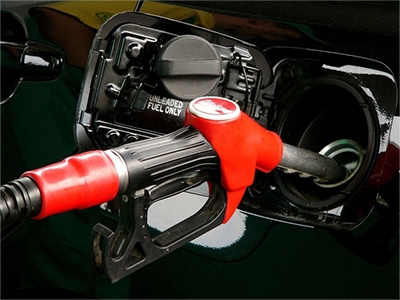
This can be better understood with an example of a straw. Consider what happens when you sip from a straw that isn’t submerged in water. If you block the open end with your finger, the airflow is interrupted and the pressure within the straw drops until the straw shrinks.
In the same way, the vacuum pressure also builds up in the handle of the nozzle until it pushes a tiny diaphragm within the handle. This action moves a lever, which pushes the handle trigger and stops the flow of the fuel at once.
And it all happens without using any transistors or sensors. Neither any LEDs nor charge-coupled devices are used. Just valves and vacuum pressure. As well as a Venturi.
In Brief…
Filling up our vehicles at the filling station is a very normal activity in our lives. It’s an ingenious mechanism that automatically shuts off when the fuel tank is full. The small hole near the nozzle makes it all possible. When fuel flows through the nozzle, the Venturi effect creates a vacuum that pulls air up through the tube.
As long as the tank isn’t full, air can flow up into the handle freely. Once the tiny hole gets blocked by the fuel, it creates a static pressure and moves a lever, which pushes the handle trigger and stops the flow of the fuel at once.

